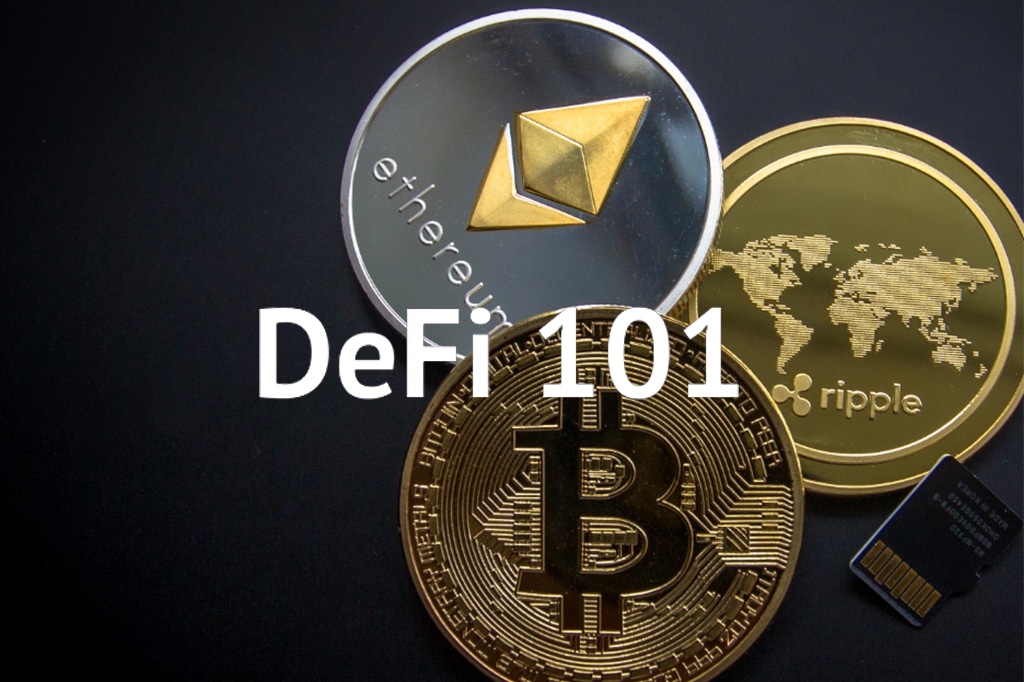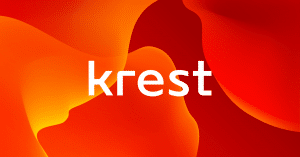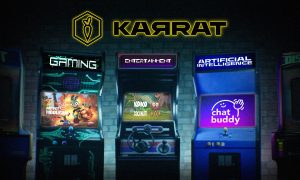- What is DeFi?
- Why do we need DeFi?
- What is the future of DeFi?
Bitcoin was created back in 2009 as an alternative to the existing financial system. It was aimed to develop a new financial system completely decentralized and not controlled by any bank or centralized authority (government or corporation).
The idea behind Bitcoin was to function as money, however many limitations still exist. Bitcoin unintentionally created by itself new central authorities such as node operators, miners, exchanges, and wallets that control the constant flow of this cryptocurrency.
For that reason, there was a need to further advance with a solution. As Bitcoin tries to decentralize money, DeFi aims to decentralize the financial institutions controlling that money.
To understand DeFi and its functionality in our current ecosystem, first, we need to understand the existing financial system, i.e., the centralized finance system that has been providing us financial services for over two centuries.
What is Centralized Finance (CeFi)?
Our traditional financial system and all of its services are entirely centralized. Banks, insurance companies, stock markets, and other financial institutions have someone above them in charge that controls and offers financial services.
Because at the end of the day humans are controlling the whole system, the system itself is prone to mismanagement, fraud, and corruption. As a few examples, we can remember the 2007-08 financial crisis in the US, which resulted from the bankers’ housing market bubble of the Fonzie scheme by Madoff.
The most significant problems of a centralized financial system are:
- There are some nations or sectors in our society that do not have access to the banking system
- Lack of access to these financial sectors on many occasions prevent people from being employed
- A bank can restrict your account or prohibit you from transferring monies to another party
- There may be hidden transaction charges applied to a particular transaction
- Your personal details may be shared with other parties and with the authorities
- Authorities can regulate the whole financial market for their own interest
- Because of intermediaries in a specific transaction, transaction costs are high
Now as we know the problem that DeFi is trying to solve, we need to understand the types of services that a centralized financial system provides.
What are Financial System Services?
The financial systems of a nation are formed by banks, investment houses, lenders, finance companies, real estate brokers, and insurance companies.
The financial system services include the following services:
- Transfer of money from one point to another,
- The lending of money from one person to another,
- Saving plans,
- Investment plans,
- Insurance plans,
- Stock market,
- Money market, and many more.
Now, that we know and understand the types of services we’d like to improve and provide through a decentralized ecosystem, let us dive in and understand DeFi
What is DeFi (Decentralized Finance)?
DeFi or Decentralised Finance can be defined as the merging of traditional banking services with blockchain technology. It does it by replacing different components of the traditional financial system with smart contracts on a blockchain. In other words, DeFi offers financial services carried out on a blockchain where the most common blockchain used is Ethereum.
DeFi platforms allow people to borrow funds from others, speculate on price movements on a range of assets using derivatives, trading cryptocurrencies, insure against risks, and earn interest in savings-like accounts.
What can you do with DeFi?
Actually, there is a whole wide variety of services that DeFi can offer:
- Send money to anyone worldwide
- Have access to stable currencies
- Borrow funds with collateral
- Borrow without collateral
- Start crypto savings
- Trade tokens
- Grow an investment portfolio
- Fund your ideas
- Buy insurance
- Manage your portfolio
Now let us understand the components of DeFi which contribute to developing and maintaining the ecosystem.
The Different Components of Defi
To understand the DeFi we need to understand the components which make the DeFi ecosystem. On its root, It is very similar to the ecosystem of the traditional financial system, with good infrastructure, and a stable currency. With these two components, decentralized applications (Dapps) were developed and we use them on different occasions accordingly
To explain it let us understand the infrastructure of DeFi, i.e., the blockchain system on which it is made.
Decentralized infrastructure – Ethereum

Ethereum is by far the most used infrastructure in the DeFi ecosystem. The technology was built by its community, and most Decentralised Apps (DApps) that are being developed today in this platform are being done with a 2 Layer solution of Ethereum like Polygon (Matic). Moreover, it has an in-house token called Ether (ETH).
This means that Ethereum has more usage than Bitcoin, which can merely be used only for payments or to store its value for now.
Ethereum utilizes a smart contract by replacing the need of a financial institution in the transaction. A smart contract is a code-based agreement and whether the agreement will be honored or not depends on the fulfillment of certain conditions. This contract will always run as programmed, and no one can alter it when it is life.
What are these Smart Contracts?
Smart contracts enable trusted transactions and agreements among completely anonymous individuals without the need of any central authority, legal system, or external enforcement mechanism.
They are used to automate and execute agreements that participants are certain of the outcome, without an intermediary’s involvement or any time loss. Here, the trust is on the code and not on any institution to execute a contract.
Here arises a need for a trusted authority to ensure that both the parties do as they had agreed and for that, the trusted authority charges a fee. Furthermore, the trusted authority can become corrupt and collide with either of the parties in the contract. Therefore, DeFi replaces the smart contract with that trusted authority. Thus, as we mentioned before, we are trusting the smart contract and not any external member.
These days, we can find many other smart contract blockchains that have been developed that provide almost a similar utility compared to the Ethereum blockchain.
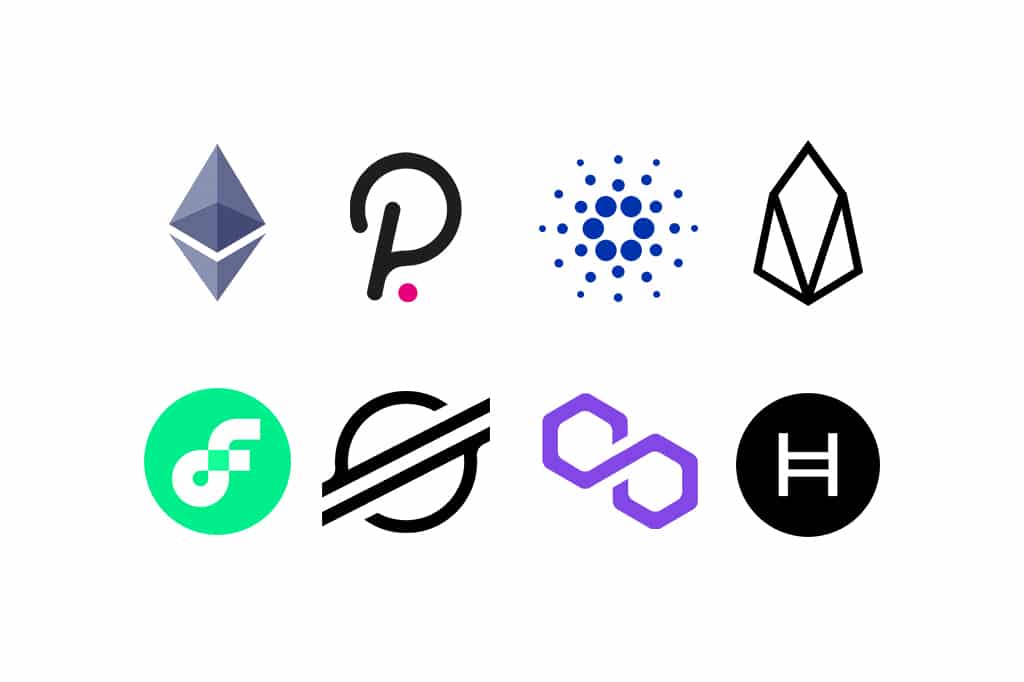
The other essential component of DeFi is stablecoins.
Stable Currency
Price volatility of assets is one of the key arguments being used these days to discredit cryptocurrencies like Bitcoin and Ether. A few solutions have been designed for this problem.
Stablecoin is the most appreciated and widely used solution. Stablecoins are mostly tied to some other asset restricting its price fluctuation, sort of a type of synthetic asset that is often tied to a real-world fiat currency (but can also be pegged to other real-world assets such as gold or property).
The advantages of stablecoins are:
- They provide a stable denomination against any crypto asset
- The movement of stablecoins between exchanges is relatively easy
A token is mostly tied to a real-world asset such as fiat money, any commodity such as gold, or a crypto asset itself to ensure the stability of the stablecoin.
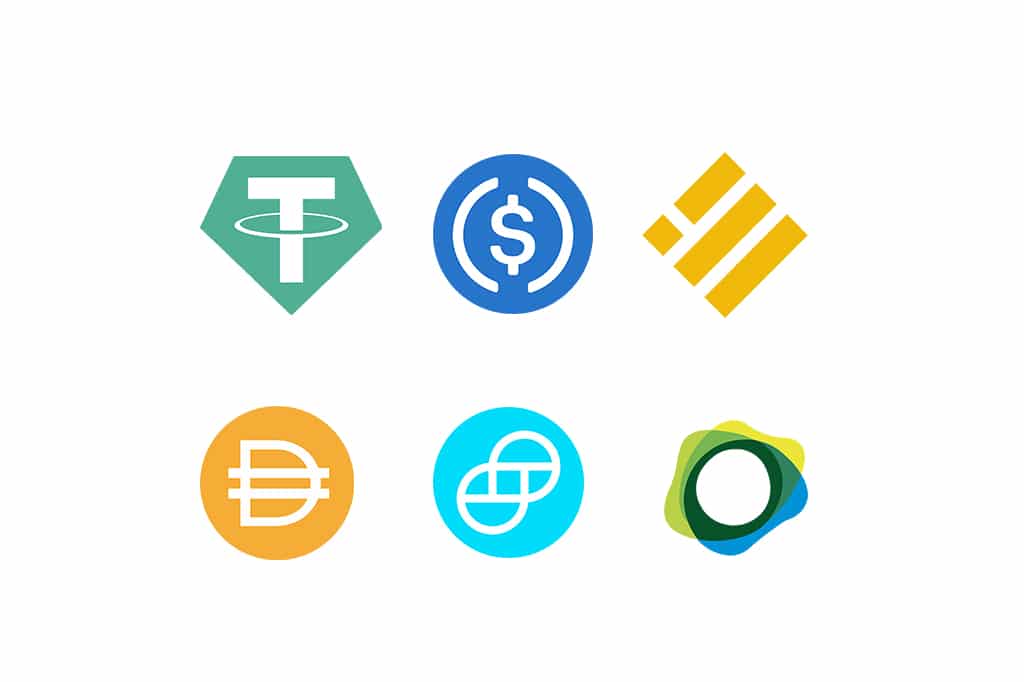
Types of Stablecoins
Based on how a stablecoin is tied to an asset, we can classify them as follows:
- Fiat-backed
Fiat-backed stablecoins are the most commonly used category of stablecoins. Here, a crypto coin is tied to a fiat currency, as the USD. This means that an equal amount of fiat currency is held as a reserve at all times and can be used for the redemption of the stablecoin. USDT, TUSD, GUSD, PAX, and USDC are the most known examples.
- Crypto-backed
This includes stablecoins which are tied to cryptocurrencies. As crypto tokens are highly volatile, this tye is required for the coin to be collateralized, i.e. the cryptocurrency used as collateral to issue the stablecoin should be higher in value than the issued stablecoin. DAI is an example of crypto-backed stablecoin.
- Commodity-backed stablecoins
Stablecoins tied to a commodity such as gold are covered under this category. DGX is an example of a stablecoin that is backed up by gold.
- Algorithmic stablecoins
These stablecoins are not tied to any asset. For these coins to maintain a certain stable price, is required supply is computed with the use of algorithms and smart contracts.
Now as we understand in a glance and know the components that make the DeFi ecosystem, we can explore the horizon of DeFi. By coding an app that is empowered with smart contracts on a blockchain known as Decentralised Applications (Dapps), we can make various use cases of DeFi.
Let us understand the existing use cases of DeFi.
Use Cases of DeFi
With the power of DApps, there is no limit to what we can do in the DeFi space. Some of the use cases that are currently available are as follows:
Decentralized Exchanges (DEX)

Decentralized Exchanges i.e., DEX for short, are autonomous and Decentralised Applications known as DApps that allow users to buy or sell crypto tokens while having full control of their funds and their private keys.
This is completely different from how a centralized exchange works, here the exchange acts as a custodian of the crypto assets for its users. Therefore, the aim of DEXs is to eliminate any authority to supervise and approve a particular crypto trade.
Thus, a DEX helps us as follows:
- Complete control of private keys with each user
- Better security as no hack on the DEX’s blockchain will impact your assets
- A user achieves personal autonomy over all his assets
The major drawback that DEXhas is that they do not have any assets at their disposal, causing them to have liquidity problems compared to a centralized exchange such as Binance, CoinBase, FTX, etc.
This means that when we buy an order of 1 BTC, the DEX does not hold any asset to fulfill this buy order. Unless the DEX has a very big order book, the exchange will not be able to fulfill the order. So the way is done DEX is by using a liquidity protocol to maintain a Liquidity pool where an asset hodler (known as liquidity provider) can provide liquidity to the DEX and earn rewards for doing so. Some of the examples of existing DEX can be MDEX, PancakeSwap, Uniswap, Sushiswap, 1inch Exchange, Binance Dex, etc.
Are you a Hodler? In that case, if it is in your best interest by lending your crypto through the lending platforms.
Lending and Borrowing Platforms

The DeFi lending platforms allow a user to lend or borrow cryptocurrencies without any intermediary. A lender can list his crypto assets on the platform for lending, and at the same time, a borrower can borrow these funds making the lender earn interest on the assets that he has lent.
Compared to traditional lending, DeFi lending platforms are based on blockchain and lend and borrow money in a trustless manner without an intermediary as a trusted authority and since there is no human factor in the lending or borrowing, there is no bias in the treatment or decision making of any user.
Benefits of DeFi Lending can be as follows:
- No applicability of federal or state laws
- No partiality in the lending process
- Quick lending process
- Permissionless access to anybody anywhere
- Better transparency
- Immutable transactions
- Self custody
- Interoperability
- Programmability
The most popular DeFi lending platforms are Aave, Maker, Compound, InstaDApp, etc. the relatively new concept popped from the lending function is yield farming.
What is Yield Farming in the Context of DeFi?

Yield Farming is another new concept related to crypto lending where a lender tries to maximize his return on capital with the help of various DeFi products. It is also known as Liquidity Mining.
It is done where a person moves his funds across several protocols and in this way maximizing his return on lending. One of the renowned yield farming platforms is Beefi.Finance, Yearn Finance, etc.
Insurance in DeFi
As more apps and protocols launch every day and more money is being poured into DeFi, it’s extremely important to DeFi investors to diminish their risk of losing their funds.
While the DeFi sector is booming, it has experienced many hacks and fraud. Here is where insurance projects such as Nexus Mutual (NXM), Etherisc, and Cover Protocol come in.
If we take Nexus Mutual as an example and understand what it offers to its users. It is an Ethereum based platform driven by its community and offers insurance products to its users. For instance, the platform offers a “Smart Contract Cover” which safeguards a user against vulnerabilities in a smart contract used on various DeFi platforms. The company has a DAO (Decentralised Autonomous Organisation) structure and is governed through a utility token called NXM.
Tokenization
Tokenization is the process of converting some form of asset (physical or otherwise) into a token that can be moved, recorded, or stored on the blockchain system.
Tokenization is the fuel that can take the DeFi industry to the next level. Until then we were only dealing with crypto assets, but tokenization can dematerialize the real-world assets and move them to the blockchain, even art, NFT’s. etc.
Please note that tokenization can be done through a centralized mechanism as well such as FTX exchange and Binance exchange have issued tokenized stocks of Tesla. However, the mix of DeFi and tokenization will take us to a whole new level.
We can even tokenize land and property on a blockchain. A person would be able to buy land and build on a DeFi platform he can even apply for a mortgage through the same platform.
Because there would be no intermediaries to this transaction such as property dealers, lawyers, or banks, it would make the whole process cost-effective and faster.
So as we can see there is a huge opportunity DeFi is, it is still in the age of its infancy in comparison with the 200 years old financial system. Thus, there are some limitations which it needs to address.
Limitations of DeFi
The possible limitations of DeFi are:
1. Scalability
In the Ethereum blockchain that so many DApps have been created on the platform, it has run out of its maximum capacity of operations. For this reason, a single transaction can take a long time and a huge cost of the network transaction processing fee. Thus, in that way canceling the main reason for introducing a blockchain.
2. Problems with smart contracts
Vulnerabilities to a smart contract are the major concern for the future of DeFi projects. A small flaw in the code of smart contracts can lead to a substantial loss of funds.
3. Bad Actors
A bad actor can identify a wrongly written smart contract and exploit its limitations. This can also lead to loss of funds.
What is in the future for DeFi?
The future will be the integration of real-world assets with blockchain with the help of DeFi. In the coming years, we are sure that many national economies will embrace DeFi and build their own decentralized economies.
As far as individual aspects a person would be free from the pothole of intermediaries and trusted authorities and would be able to truly own his assets.

